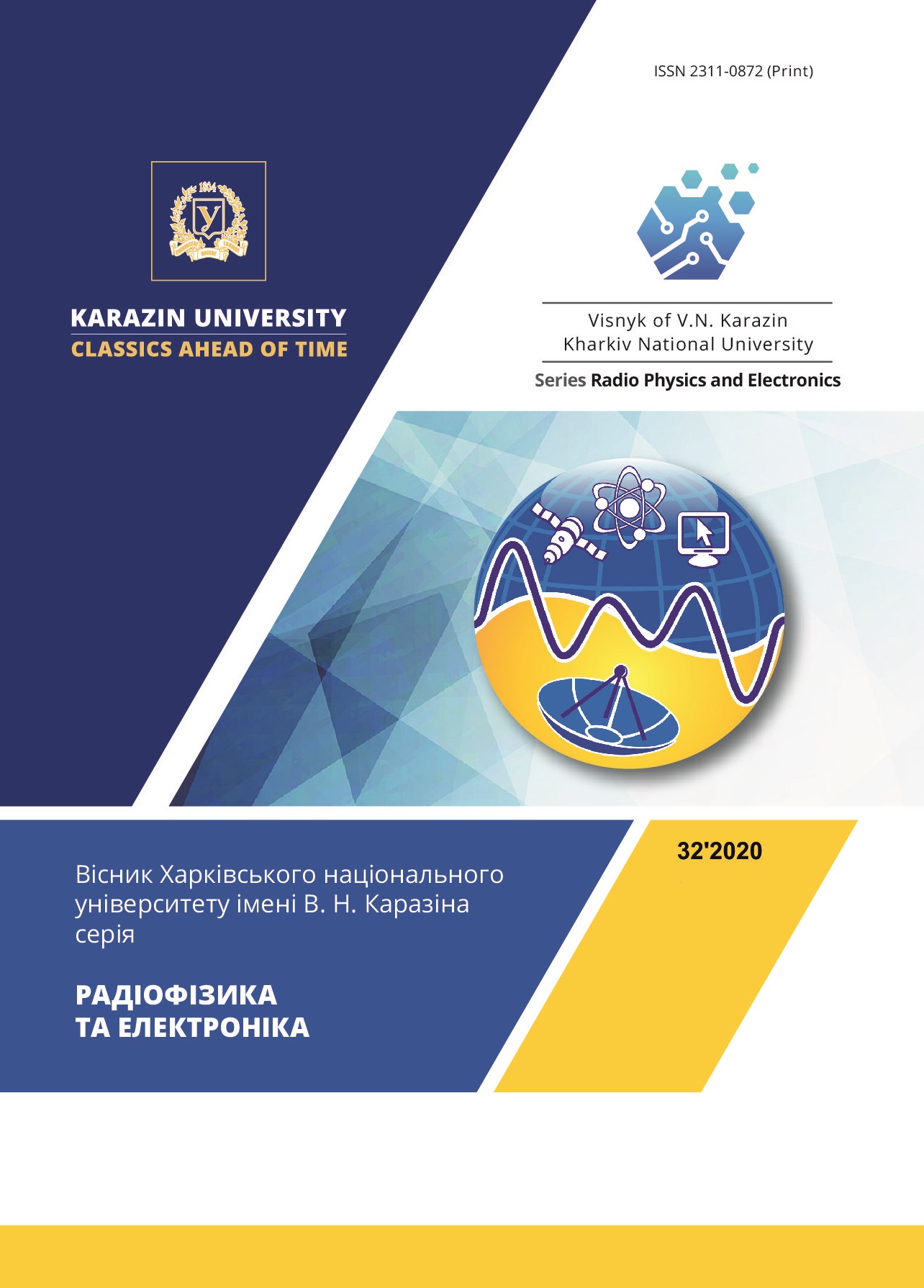Manifestation of global seismic activity in the atmosphere and ionosphere
Abstract
Background. In recent decades, the concept of earthquakes (EQ) has been formed as the final stage of a planetary continuous self-organizing process with periods of accumulation and relaxation of tectonic stresses. However, in the scientific literature, as before, studies of the response of atmospheric and ionospheric processes to individual strong EQs are presented. In this work, the coupling of processes in the lithosphere, troposphere and ionosphere is considered for the first time, taking into account new ideas about the seismic process against the background of processes caused by space weather, which is a new step in the study of the human environment.
Objectives of the work is to find relationships in the Earth – atmosphere – ionosphere – magnetosphere system on a planetary scale with a change in global seismic activity (GSA).
Materials and methods. The studies were carried out using four daily databases for 2007–2015 on space weather and the magnetosphere (solar and geomagnetic activity indices), the ionosphere (f0F2 is the critical frequency of the F2 region in the western and eastern hemispheres; TEC is the global ionospheric total electron content), the surface atmosphere (atmospheric pressure) and the lithosphere (maximum EQ amplitude per day). The method of superimposed epochs and other statistical methods of analysis were used.
Results. Quasi-synchronous changes in magnetospheric, ionospheric, and tropospheric characteristics have been established during periods of a sharp increase in GSA. They often have a cyclical sawtooth character from one seismically active period to another, which indicates the possibility of continuous interaction of geospheres, and not only during periods of disturbances. In particular, an increase in f0F2 with a sharp increase in GSA by up to 0.5 MHz was found almost simultaneously in the eastern and western hemispheres.
Conclusions. The results obtained indicate the possibility of long-term or continuous interaction of the lithosphere with the geospheres located above. Space weather changes can be one of the sources of synchronization. As a possible mechanism for the appearance of global effects in the atmosphere and ionosphere when the GSA changes, it is proposed to consider the role of the release of deep gases to the surface. This process is global and is associated simultaneously with both seismicity and the parameters of the Earth's rotation.
Downloads
References
Korepanov V, Hayakawa M, Yampolski Y, Lizunov G. AGW as a seismo-ionospheric coupling responsible agent. Phys. and Chem. of the Earth. 2009;34(6-7):485-495.
Tanimoto T, Heki K, Artru-Lambin J. Interaction of Solid Earth, Atmosphere, and Ionosphere. Treatise on Geophysics. Oxford: Elsevier. 2015;4:421-443.
Jin S, Occhipinti G, Jin R. GNSS ionospheric seismology: Recent observation evidences and characteristics Earth-Science Reviews. 2015;147:54-64.
Parrot M, Li M. DEMETER Results related to seismic activity. Radio Sci. Bul. 2015;355:18-25.
Letnikov FA. Synergetics of geological systems. Novosibirsk: Science, 1992. 230 p. (Russian).
Gorkavyiy NN, Trapeznikov YuA, Fridman AM. On the global component of the seismic process and its relationship with the observed features of the Earth's rotation. Dokl. RAS. Geophysics. 1994;338(4):525-527. (Russian).
Vikulin AV, Ivanchin AG. Rotational model of the seismic process. Pacific geology. 1998;17(6):95-103. (Russian).
Sadovsky MA, Pisarenko VF. Seismic process in a block environment. Moscow: Nauka, 1991.96 p. (Russian).
Chernogor LF. The Earth – atmosphere – geospace system: main properties and processes. Int. J. of Rem. Sens. 2011;32(11):3199–3218.
Gnedyshev MN, Ol AI. On the methodology of some heliobiological studies. Problems of space biology. L .: Nauka, 1982; 43: 216-219. (Russian).
Dobrovolskiy IP. Tectonic earthquake preparation theory. Moscow: Nauka, 1991.224 p. (Russian).
Kazachevskaya TV, Nusinov AA. Predictive model of short-wave ultraviolet radiation of the Sun. Geomagnetism and Aeronomy. 1986; 15 (2): 593-596. (Russian).
Bokov VN. Atmospheric circulation variability - initiator of strong earthquakes. Izvestiya RGS RAS. 2003; 135 (6): 54-65. (Russian).
Zakharov IG, Chernogor LF. Ionosphere as an Indicator of Processes in the Geospace, Troposphere, and Lithosphere. Geomagnetism and Aeronomy. 2018;58(3):430-437.
Tertyshnikov AV. Evaluation of the practical importance of geomagnetic precursors of strong earthquakes. Heliogeophysical research. 2013; 3: 63-70. (Russian).
Veretenenko SV, Ogurtsov MG. Nature of long-term correlation between cloud state and variations in galactic cosmic rays flux. Geomagnetism and aeronomy. 2015;55(4):442-449.
Bogdanov YuA, Zakharov IG. Electromagnetic and acoustic emissions associated with seismic activity. Proc. of the 6th Int. Conf.: Problem of Geocosmos. St. Petersburg, Petrodvorets. 2006. P. 357-360.
Zakharov IG. The Influence of Global Seismic Activity on Variations in VLF Emissions and Infrasound in a Seismically Quiet Area. Proc. of the XVIIth Int. Conf.: Geoinformatics Theoretical and Applied Aspects. –Kyiv, Ukraine, 2018. N13800. 5 p.
Hayakawa M. VLF/LF radio sounding of ionospheric perturbations associated with earthquakes. Sensours. 2007;7(7):1141-1158.
Voitov GI. Cold degassing of methane into the Earth's troposphere. Theoretical and regional problems of geodynamics. Tr. Geol. Institute of RAS. Moscow: Nauka, 1999; 515: 242-251. (Russian).
Syvorotkin VL. Deep degassing and global disasters. M .: Geoinformmark, 2002.250 p. (Russian).




